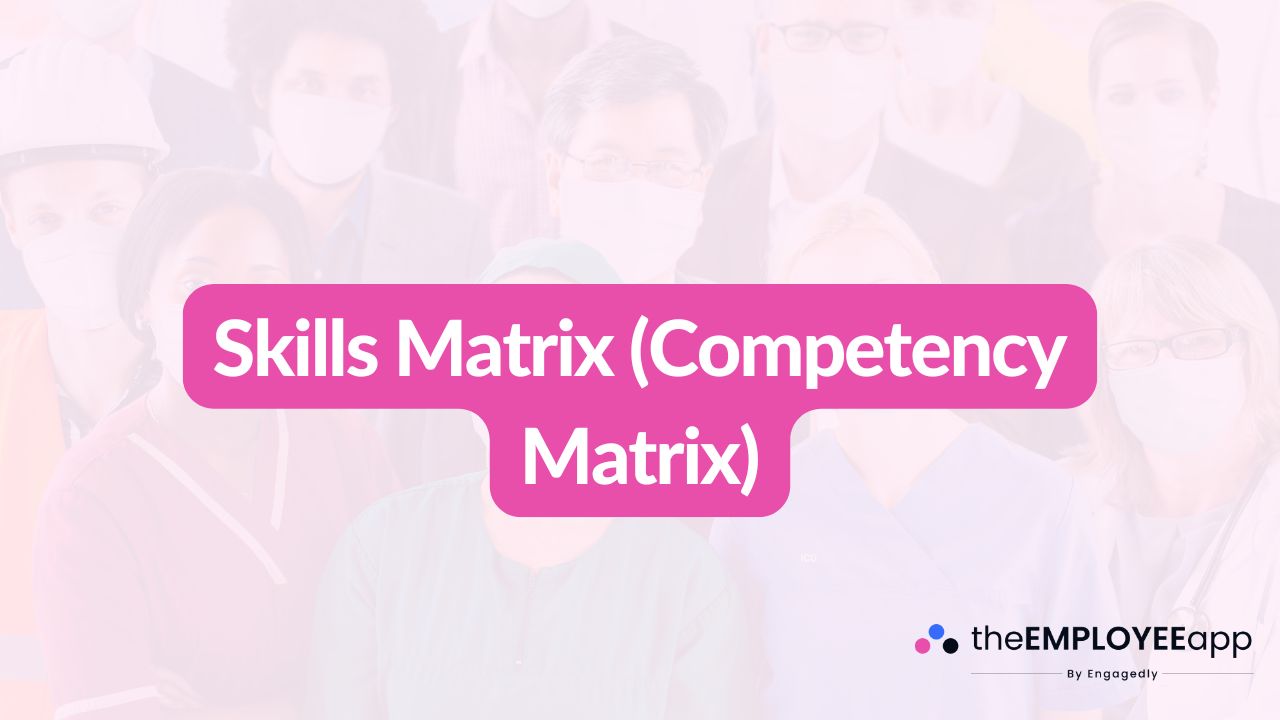
A skills matrix, also known as a competency matrix, is a strategic tool used by organizations to assess, visualize, and manage the skills and competencies of their workforce. It provides a structured overview of which employees have which skills, where gaps exist, and how those skills align with organizational goals.
Think of it as a map of employee strengths—it shows leaders where expertise is strong, where improvement is needed, and how to plan for future growth. For employees, it offers a transparent view of their development opportunities and a roadmap to advance in their careers.
A skills matrix is typically a grid or chart that lists employees on one axis and specific skills or competencies on the other. Each employee is then rated according to their proficiency level in each skill, often using a scale such as beginner, intermediate, advanced, or expert.
This format makes it easy for managers to identify who is best suited for certain projects, where additional training may be required, and how to optimize resources across teams.
Identifying Skill Gaps
By comparing current skills against business needs, organizations can spot gaps and proactively address them.
Improving Workforce Planning
A skills matrix ensures the right people with the right expertise are assigned to the right tasks.
Enhancing Employee Development
Employees gain clarity on their strengths and areas for growth, which supports career development and training initiatives.
Boosting Productivity
When skills are mapped effectively, managers can make better staffing decisions, reducing inefficiencies.
Supporting Compliance
In industries with strict regulations, competency matrices ensure employees meet necessary certifications and qualifications.
To create an effective skills matrix, organizations typically include:
Employee Names or Roles: Who is being assessed.
Skill Categories: Technical skills, soft skills, leadership abilities, compliance requirements, etc.
Proficiency Levels: Ratings to measure expertise (e.g., 1–5 scale or beginner to expert).
Training Needs: Indication of areas requiring upskilling.
Goals and Outcomes: Alignment with business priorities.
Better Team Alignment
Leaders can quickly form balanced teams based on skills, ensuring projects are executed effectively.
Data-Driven Decision Making
Rather than relying on assumptions, managers have a clear picture of employee capabilities.
Increased Engagement
Employees feel more engaged when they see clear development paths and opportunities to grow.
Future-Proofing the Workforce
Organizations can prepare for digital transformation, automation, and emerging skill needs.
Improved Transparency
A competency matrix provides visibility into talent distribution across departments, making it easier to allocate resources.
Identify Core Skills
Start by listing the essential technical, soft, and compliance skills required for each role.
Assess Current Competencies
Evaluate employees’ existing skills using self-assessments, manager evaluations, or skill assessments.
Create a Rating System
Use consistent scales (e.g., 1–5 or beginner to expert) to measure proficiency levels.
Visualize the Matrix
Build a grid that clearly shows who has which skills and at what level.
Update Regularly
A skills matrix should be a living document that evolves as roles, technologies, and business needs change.
With hybrid and deskless workforces becoming standard, digital skills matrices are more effective than static spreadsheets. Modern tools allow organizations to track skills in real time, connect them to training programs, and generate dashboards for managers.
For frontline employees, mobile access to development opportunities ensures that skill-building is accessible anytime, anywhere. By linking a skills matrix to learning and compliance platforms, organizations can close gaps quickly and ensure employees remain competitive in their roles.
A skills matrix (competency matrix) is an invaluable tool for organizations that want to align employee capabilities with business goals. It helps leaders identify skill gaps, plan strategically, and create opportunities for growth and development.
By treating the skills matrix as a dynamic tool—regularly updated and integrated with training programs—organizations can build a workforce that is adaptable, skilled, and ready to take on future challenges.
